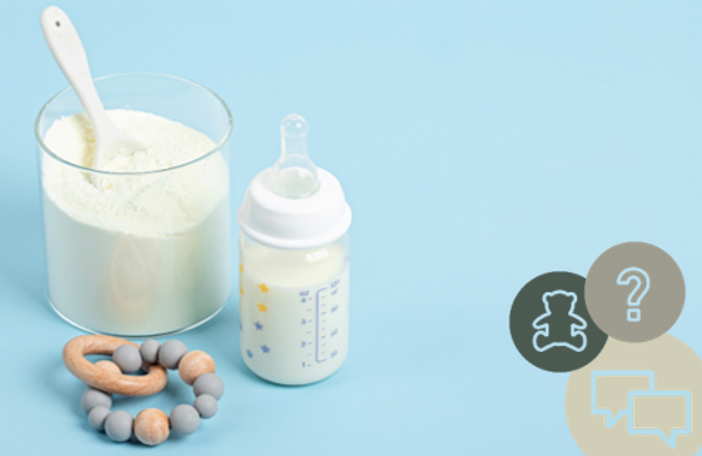
The formula milk market is filled with an array of brands and variety of milks, which can be overwhelming for new (or sleep deprived) parents. However, Section 15 of the Code, which reflects the law, contains clear and straightforward rules that govern the claims marketers can and cannot make about formula milk.
We have bottled up some key pieces of advice to help you ensure your advertising sticks by the rules.
Steer clear of advertising infant formula
It is important that advertisers are aware that, with certain exceptions, the advertising of infant formula milk is prohibited - as set out under Rule 15.10 of the Code. This includes both direct and indirect advertising.
The ASA ruled against an ad for a formula-milk branded baby club which, while referencing the baby club itself, also contained a discussion of formula milks more generally. The ASA, therefore, considered that the ad served the purpose of advertising infant formula milk.
Avoid causing consumer confusion
While advertisers are permitted to market follow-on formula milk, they must take care to advertise in such a way that allows consumers to make a clear distinction between infant and follow-on formula products, so as to avoid any risk of confusion between the two - as set out in Rule 15.11 of the Code.
When marketing their products, advertisers should be mindful of image choices and the use of phrases that are ambiguous or could be open to interpretation.
Ads which contained the terms “baby formula” and “infant formula” alongside an image of two babies who were not clearly identifiable as being over the age of six months were ruled against by the ASA who considered that they confused between infant formula and follow-on formula.
Advertise responsibly
Fed is always best and there is a legitimate market for baby milk formula and associated products. Even so, we expect marketers to advertise responsibly and avoid positioning formula feeding as having benefits that are equivalent to, superior to, or cannot by achieved through, breastfeeding.
Similarly, ads which promote bottle-feeding or compare their products to breastfeeding, including by suggesting that bottle-feeding fosters stronger bonding or a less stressful family atmosphere, are likely to breach the Code.
If you need any further advice on your follow-on formula-milk marketing, our Copy Advice team can provide free bespoke advice.
More on
-
Keep up to date
Sign up to our rulings, newsletters and emargoed access for Press. Subscribe now.


